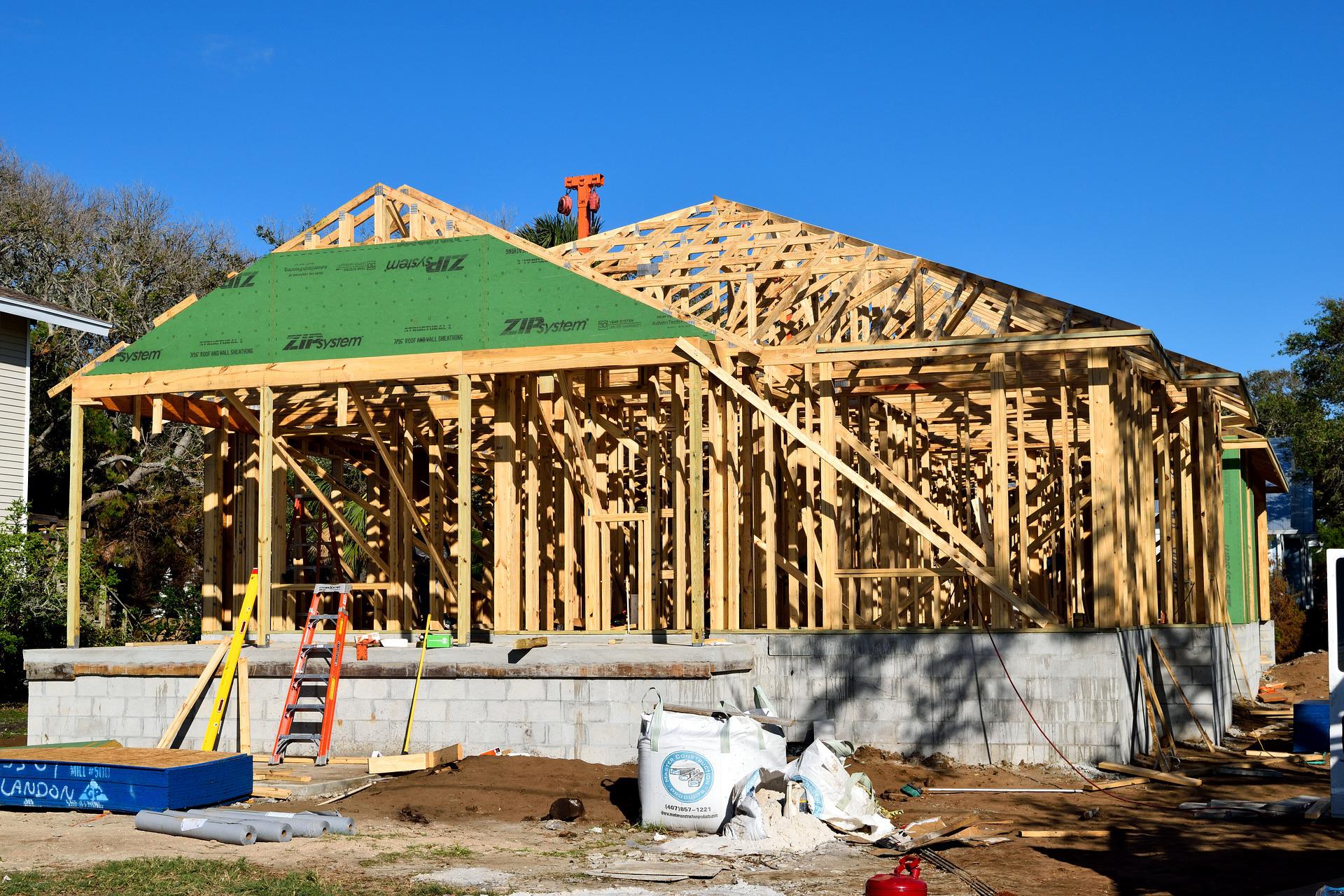Many service-based businesses face a chicken-and-egg scenario. To compete early on, they often have to spend outlandish sums on advertising, but once that pipe gets turned off, so do the leads.
While some early advertising success will net you customers that will net you additional customers, it’s not a sustainable strategy to attract new business long-term.
On the other hand, organic search engine optimization (SEO) allows businesses to reach new customers via several different searches, whether they’re looking for the “best pest control company near me” or basic advice on how to eliminate a pest in their area.
The best part? The stronger your SEO rankings, the less you’ll spend on advertising. Organic results continue to compound, as we have proven with two of our largest pest control SEO client successes, The Pest Rangers in Northeast Pennsylvania and Pest Czar out of Baltimore. Check out our Pest Control case study here for additional info!
Let’s explore the specifics of mastering pest control SEO so you can discover whether or not pest control SEO is right for you!

Why is Pest Control SEO So Important?
According to research conducted by SOCi’s 2024 Consumer Behavior Index (CBI) Report, 80% of US customers search locally for businesses weekly and 32% daily.
For customers without an established pest control company they’ve worked with in the past, online search will often be the primary channel they use to discover your business. Optimizing your business to rank both for local “near me” searches, as well as search terms directly related to your area (e.g., ant exterminator Baltimore), will help your business be one of the first ones that customers discover.
However, content marketing Is an equally important part of pest control SEO. When people need help getting rid of unwanted guests—whether it’s ants, rodents, or termites—they turn to the internet. They’ll often search for detailed ways to get rid of these pests, which is where you can position your pest control company as a thought leader.
There are several different ways to attract new customers and pout your business front and center using local SEO, from optimizing your Google Business Profile to create local-based content.
7 Local Pest Control SEO Strategies for Success
To build sustainable results for our clients, ContentMender zeroes in on these seven local SEO strategies of pest control marketing designed to fuel growth, connect businesses to their community, and spread brand awareness like wildfire.
1. Optimize Your Google Business Profile
One powerful tool in your local SEO arsenal is a Google Business Profile (GBP). It’s the detailed listing that pops up when someone searches for your business, complete with your address, phone number, website, photos, and, most importantly, customer reviews.
This listing matters. Think of it as your digital storefront, the first impression many potential customers will get. We go beyond what many companies provide, optimizing everything from your Merchant Store to your Services to help you rank higher for more local-based “near me searches. We also update your profile regularly with new content and updates, which Google takes into consideration when ranking local businesses for specific keyword searches.
Do you have more than one location? You can create more than one GBP if you have a verified address in that area with your company’s signage. Our one pest client has six current locations, and we optimize them weekly for the strongest results.
2. Build Local Citations
Google Business Profile is one of several directories people use to find local, service-based businesses. For example, we often work with pest control companies to optimize their profiles on Yelp, Angi’s List, and more. Using tools like BrightLoal or Moz, we can keep these profiles up to date through the length of our engagement and ensure that your profiles always display the most accurate and up-to-date information.
3. Generate and Manage Reviews
Speaking of customer reviews, did you know 97% of people check reviews before trusting a local business? Positive reviews can make or break a potential customer’s decision. Encourage happy customers to leave feedback on your Google Business Profile using the helpful link they provide. One reason we love BrightLocal is that it provides an easy-to-use review manager that allows us to collect reviews on multiple platforms for clients, helping nudge their rankings on each respective platform (especially Google).
4. Use Local Keyword Research for More Opportunities
Keywords are the foundation of pest control SEO. These are the terms and phrases people type into search bars when they’re on the hunt for pest control services. You know, searches like “ant control near me,” “termite treatment [Your city],” or “best pest exterminator in [Your county].” In addition, there are several keywords you can target for informative posts, such as “how to get rid of cockroaches,” that can net you substantial traffic.
It’s important to figure out which keywords your potential clients are using and strategically sprinkle them throughout your website’s content. Use keyword research tools to find words and phrases that are relevant to your business and that your competitors are using. Some of our favorite tools include:
5. Craft Unique and Quality Website Content
You’ve got keywords, you’ve got local SEO down, but what about the heart of your website—its content? With search engines prioritizing websites offering real value, high-quality, informative content should be at the forefront.
This is more than just a blurb about your services—it’s engaging blog posts packed with pest control tips, comprehensive service pages that leave no question unanswered, and maybe even educational resources like downloadable guides or FAQs. Use a mix of short and long-tail keywords to come up with topic ideas. Long-tail keywords are longer, more specific phrases that people search for. And it’s also crucial to use keywords that are related to your main keywords. Make sure your content is well-written and easy to read.
Tips for Engaging Content:
- Blog about common local pest issues (think seasonal pests, your area’s largest pest issues, etc.).
- Provide DIY pest control tips and tricks, subtly positioning your team as the experts.
- Feature customer success stories and testimonials—people connect with real experiences.
- Craft informative service pages with detailed descriptions of the pests you tackle and the methods you use.
6. Prioritize Site Speed and User Experience
Slow websites are a recipe for high bounce rates. In the age of instant gratification, people expect your site to load in the blink of an eye, especially on their phones. In most cases, you’ll need help from a web designer and web developer.
Page speed and a smooth user experience are essential. Invest in a clean, modern design with a responsive layout that adapts seamlessly to any screen size. The goal is to give your visitors a frustration-free experience. Use internal linking to help users navigate your site. Internal linking is when you link to other pages on your website.
You can use Google Search Console to get insights into your Core Web Vitals. Also, check out your Page Experience report for deeper analysis. This valuable feedback pinpoints what’s slowing you down.
7. Create Location-Specific Pages
Finally, one of our most prolific tips that many other agencies ignore is the importance of location pages. These allow you to compete for hyper-local keyword terms, such as “pest control,” in the town or borough outside a major city you still service. These pages help net you customers from a wider geographical area while appealing to their specific concerns.
This brings us to an important point—SEO isn’t a one-and-done deal. Search engine algorithms change constantly, your competition’s strategies evolve, and new trends pop up. Adaptability and a long-term outlook are key.
The digital marketing landscape can be unpredictable. Stay flexible, embrace testing, and never underestimate the value of analyzing your results.
Remember, mastering pest control SEO isn’t about being the loudest voice in the room. It’s about being the most relevant and the most helpful resource. At the end of the day, a customer won over by your website’s valuable information is far more likely to turn into a loyal client.
FAQs about pest control SEO
What is SEO for pest control companies, and why does it matter?
SEO (Search Engine Optimization) is the process of improving a website’s visibility on search engines like Google. For pest control companies, SEO helps attract potential customers searching for local services, improving lead generation and online visibility.
How can a pest control website rank on the first page of Google?
To rank on the first page, a pest control website needs optimized content, strategic keywords, high-quality backlinks, a mobile-friendly design, and a strong local SEO presence. Regularly updating the site with relevant content, such as blog posts or service pages, also helps.
How important is local SEO for pest control companies?
Local SEO is crucial, as most people searching for pest control services look for local businesses. Optimizing for Google Business Profile, local keywords, and customer reviews can help a pest control company rank higher in local search results.



